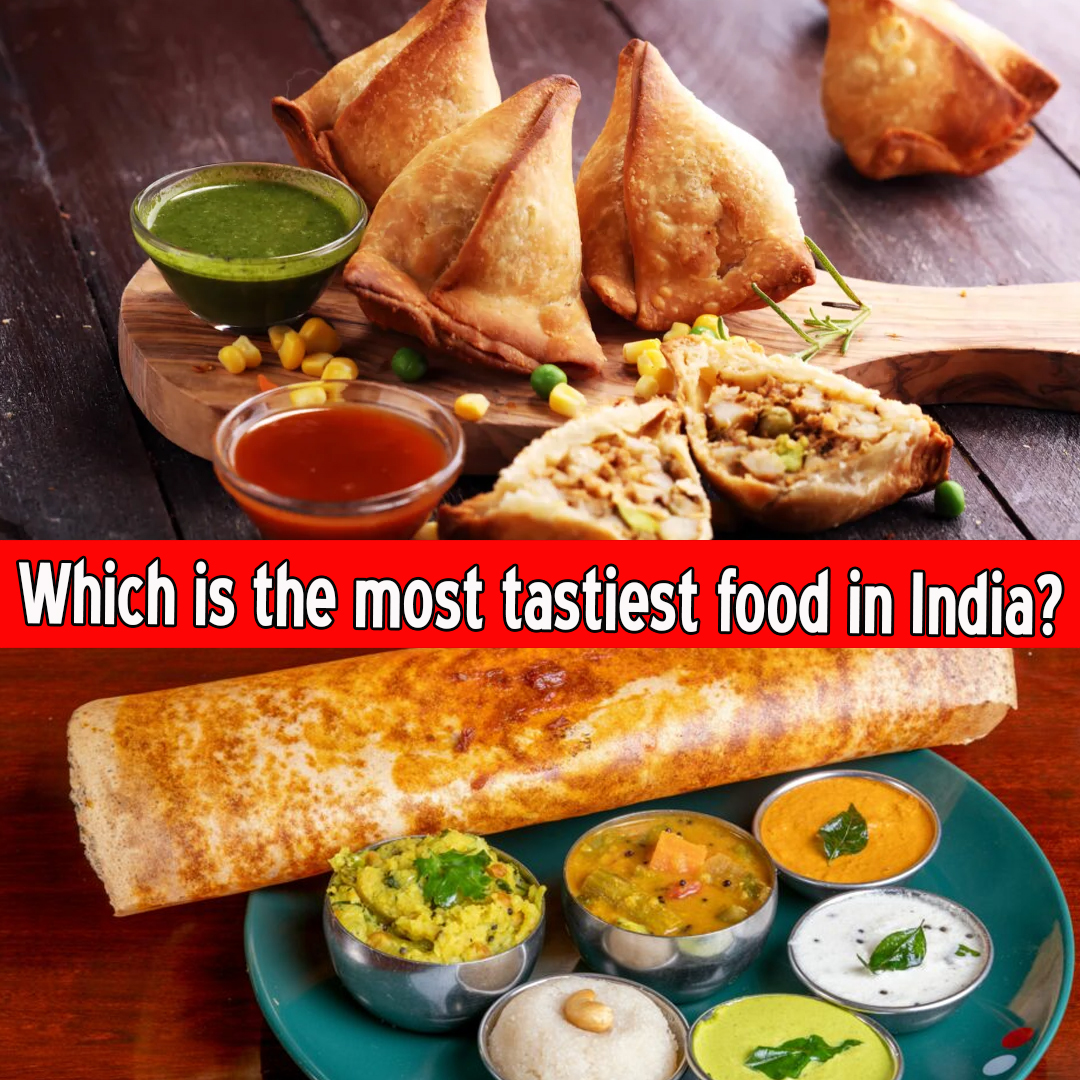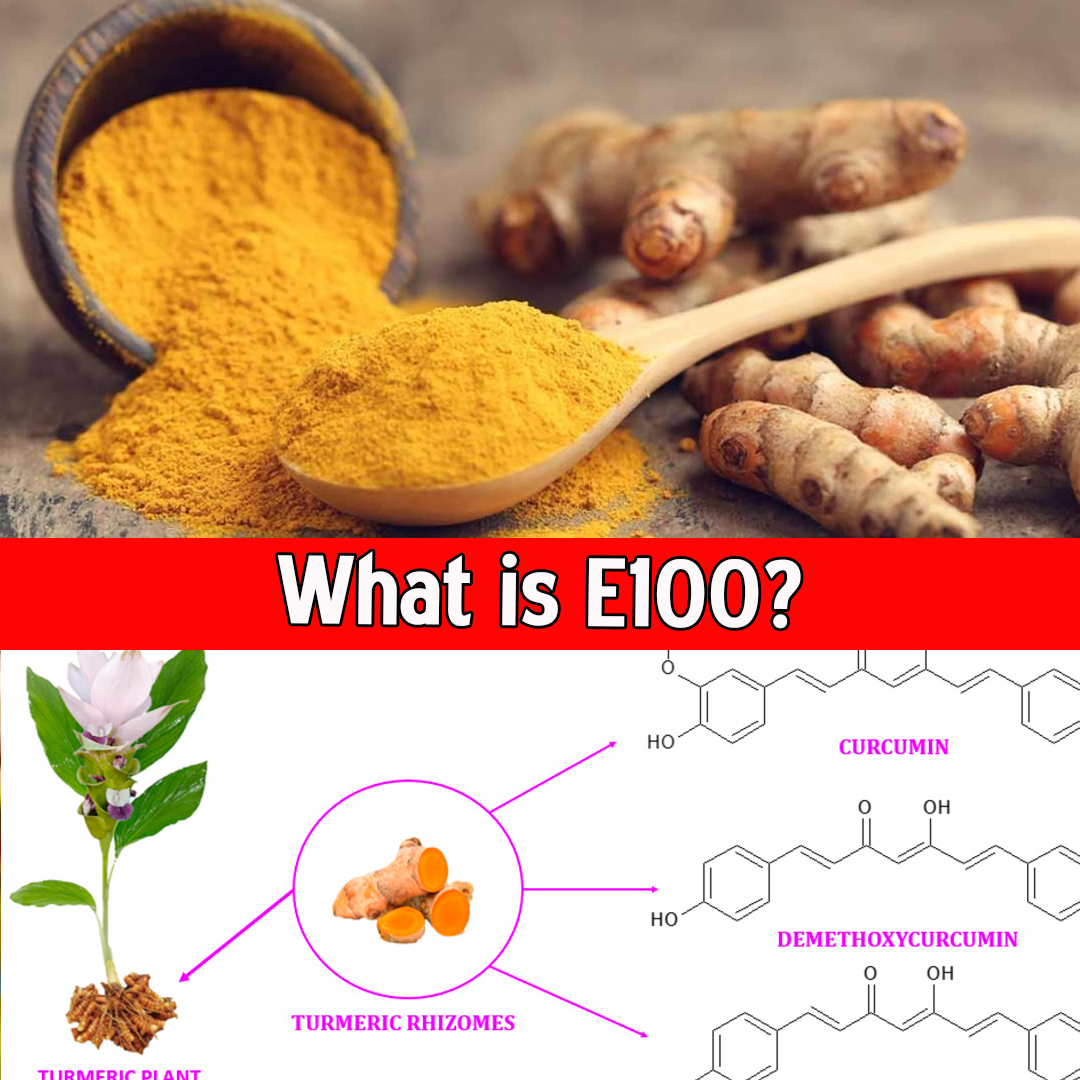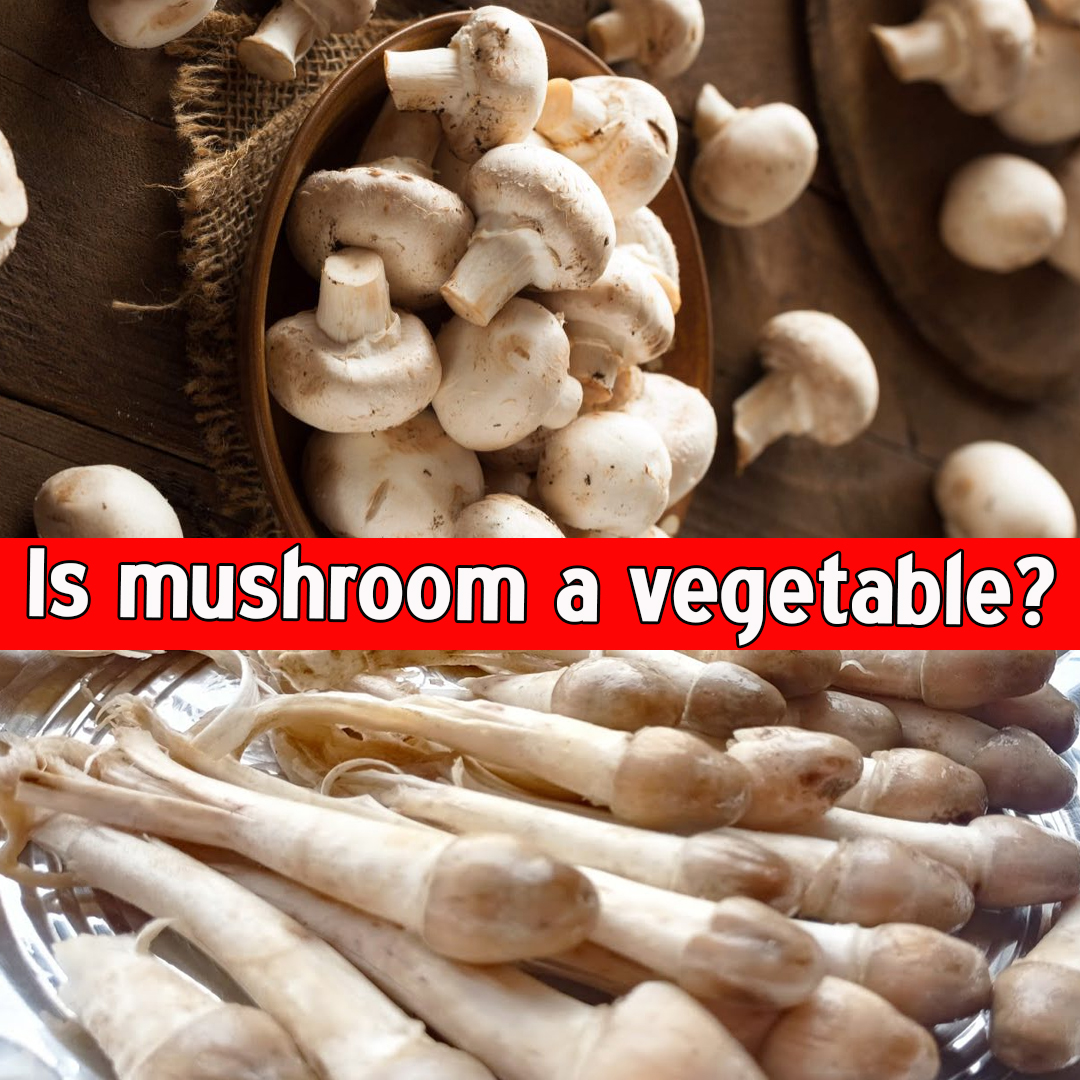Which Is the Tastiest Food in India?

Which is the tastiest food in India?
India is a land of vibrant colors, rich traditions, and perhaps most famously—diverse and flavorful cuisine. With each region offering its own signature dishes, India’s culinary landscape is a tapestry of spices, textures, and aromas. “Which is the tastiest food in India?” is as complex as the country itself, but if there is one dish that consistently captures the hearts, taste buds, and stomachs of millions, it is Biryani.
This essay will explore why Biryani is often considered the tastiest food in India. It will also discuss:
- The origins of Biryani
- Regional variations
- Key ingredients and cooking methods
- Cultural and emotional significance
- Other contenders for the tastiest food in India
- Final thoughts on India’s culinary legacy
1. Why Biryani?
Among all Indian foods, Biryani stands out for its:
- Rich aroma
- Complex layering of spices
- Succulent meat or vegetables
- Fluffy basmati rice
- Variety of regional flavors
Whether it’s the Hyderabadi Dum Biryani, Lucknowi (Awadhi) Biryani, or Kolkata Biryani, every plate of Biryani tells a story of culture, history, and indulgence.
2. The Origin of Biryani
The word “Biryani” is derived from the Persian words “birian” (fried before cooking) and “birinj” (rice). Though there are debates, most historians agree that Biryani originated in Persia and was brought to India by the Mughals.
Historical Background
- Mughal Era: Biryani became a royal dish in the Mughal courts.
- Military Origins: Some believe it was created for armies as a complete one-pot meal.
- Evolution in India: Biryani evolved differently in various regions due to local spices and ingredients.
3. Ingredients and Cooking Methods
Biryani’s taste lies in its technique. The two primary styles are:
- Kacchi Biryani: Raw marinated meat is layered with rice and slow-cooked.
- Pakki Biryani: Cooked meat is layered with cooked rice and steamed together.
Core Ingredients
- Rice: Long-grain Basmati rice for aroma and texture
- Meat: Chicken, mutton, fish, or prawns (also vegetarian options like paneer or soya)
- Spices: Cardamom, cinnamon, cloves, nutmeg, star anise, saffron
- Herbs: Mint, coriander
- Yogurt & Ghee: For marination and richness
- Onions & Tomatoes: Fried and added for texture
Dum Cooking
This traditional technique involves sealing the pot with dough and cooking over low flame. The steam created inside ensures flavors are fully infused.
4. Popular Regional Varieties of Biryani
1. Hyderabadi Biryani
- Perhaps the most iconic
- Spicy and aromatic
- Kacchi style dum cooking
- Served with mirchi ka salan and raita
2. Lucknowi (Awadhi) Biryani
- Milder, more fragrant
- Pakki style
- Uses rose water, kewra, and subtle spices
- Layered delicately and cooked with saffron milk
3. Kolkata Biryani
- Introduced by Nawab Wajid Ali Shah
- Includes potatoes, a unique addition
- Slightly sweet and less spicy
- Uses boiled eggs
4. Malabar Biryani (Kerala)
- Uses short-grain rice (jeerakasala or kaima)
- Coconut milk, curry leaves, and fried onions
- Rich in flavor but not very spicy
5. Ambur Biryani (Tamil Nadu)
- Slightly tangy due to curd
- Cooked with seeraga samba rice
- Best served with brinjal curry and onion raita
6. Dindigul Biryani
- Uses cube-cut meat and jeera samba rice
- Tangy flavor due to lemon juice
- Strong spice profile
5. Cultural Significance of Biryani
1. Symbol of Unity
Biryani crosses regional, religious, and cultural lines. It’s equally loved in Muslim weddings, Hindu festivals, Christian gatherings, and Sikh celebrations.
2. Emotional Connection
For many Indians, Biryani is:
- Celebration food
- Comfort food
- Festival food
- Sunday lunch tradition
3. Economic Impact
- Thousands of restaurants specialize in Biryani alone.
- Biryani delivery apps like Biryani By Kilo or Behrouz Biryani show its modern popularity.
6. Nutritional Perspective
While Biryani is indulgent, it can be nutritious if made with:
- Lean meats like chicken or fish
- Low oil and ghee
- Brown basmati rice
- Plenty of herbs and moderate spices
But commercially available Biryani is often high in:
- Calories
- Saturated fats
- Sodium
So while tasty, it’s best enjoyed in moderation.
7. Other Contenders: Top Tastiest Foods in India
Though Biryani is the most popular and arguably tastiest, India has many dishes competing for that title. Here’s a look at other fan favorites:
1. Butter Chicken (Murgh Makhani)
- Creamy tomato gravy with tandoori chicken
- Paired with naan or rice
- Origin: Delhi (Moti Mahal)
2. Masala Dosa
- South Indian dish made from fermented rice and urad dal batter
- Crispy exterior, stuffed with spiced potato
- Served with chutneys and sambar
3. Rogan Josh
- Kashmiri origin
- Fragrant mutton curry slow-cooked in yogurt and spices
4. Chole Bhature
- Spicy chickpea curry with deep-fried bread
- North Indian favorite
5. Pani Puri / Golgappa
- Hollow crispy puris filled with spicy water, potatoes, and chutneys
- Famous street food snack across India
6. Pav Bhaji
- Thick mashed vegetable curry with buttered bread rolls
- Street food classic from Mumbai
7. Tandoori Chicken
- Yogurt-marinated and grilled chicken in a tandoor
- Smoky, spicy, and juicy
Each of these dishes represents the incredible culinary diversity of India and could be called the “tastiest” depending on personal preference.
| Read more – What is the No. 1 fast food in the world? |
8. Modern Trends: Biryani in the Digital Age
- Zomato and Swiggy report Biryani as the most ordered dish annually
- New-age cloud kitchens focus solely on delivering biryani
- Fusion biryanis (like cheese biryani or chocolate biryani) have also emerged but remain controversial among purists
9. Street Biryani vs. Gourmet Biryani
- Street Style: Affordable, spicy, available on the go
- Restaurant/Gourmet Style: Authentic, often cooked in earthen pots, more refined
- Home-Cooked Biryani: Healthier, customized, emotionally connected
10. Final Thoughts: Why Biryani Reigns Supreme
1. Pan-Indian Appeal
From Kashmir to Kanyakumari, Biryani is cherished in every state.
2. Festive Favorite
Served at weddings, Eid, Diwali, birthdays—no celebration is complete without it.
3. Balanced Flavors
Every spoonful offers a perfect balance of spices, protein, carbs, and aroma.
4. Evolution and Innovation
While rooted in tradition, Biryani has evolved into countless forms:
- Egg Biryani
- Fish Biryani
- Veg Biryani
- Keema Biryani
- Mughlai, Andhra, Sindhi, Bohri, and more
Conclusion: India’s Tastiest Dish is Biryani
India’s food scene is as vast as its geography, but Biryani stands out as the one dish that blends history, culture, flavor, and emotion into one pot. It is a meal that has traveled centuries, conquered kingdoms, and now finds a place in homes, restaurants, weddings, festivals, and food apps.
Whether you savor the rich spices of Hyderabadi Biryani or the delicate aroma of Lucknowi style, Biryani remains India’s most beloved and tastiest dish.
So next time you wonder what food truly represents India’s flavor-packed heritage, the answer lies in a steaming, aromatic pot of Biryani.















Leave a Reply